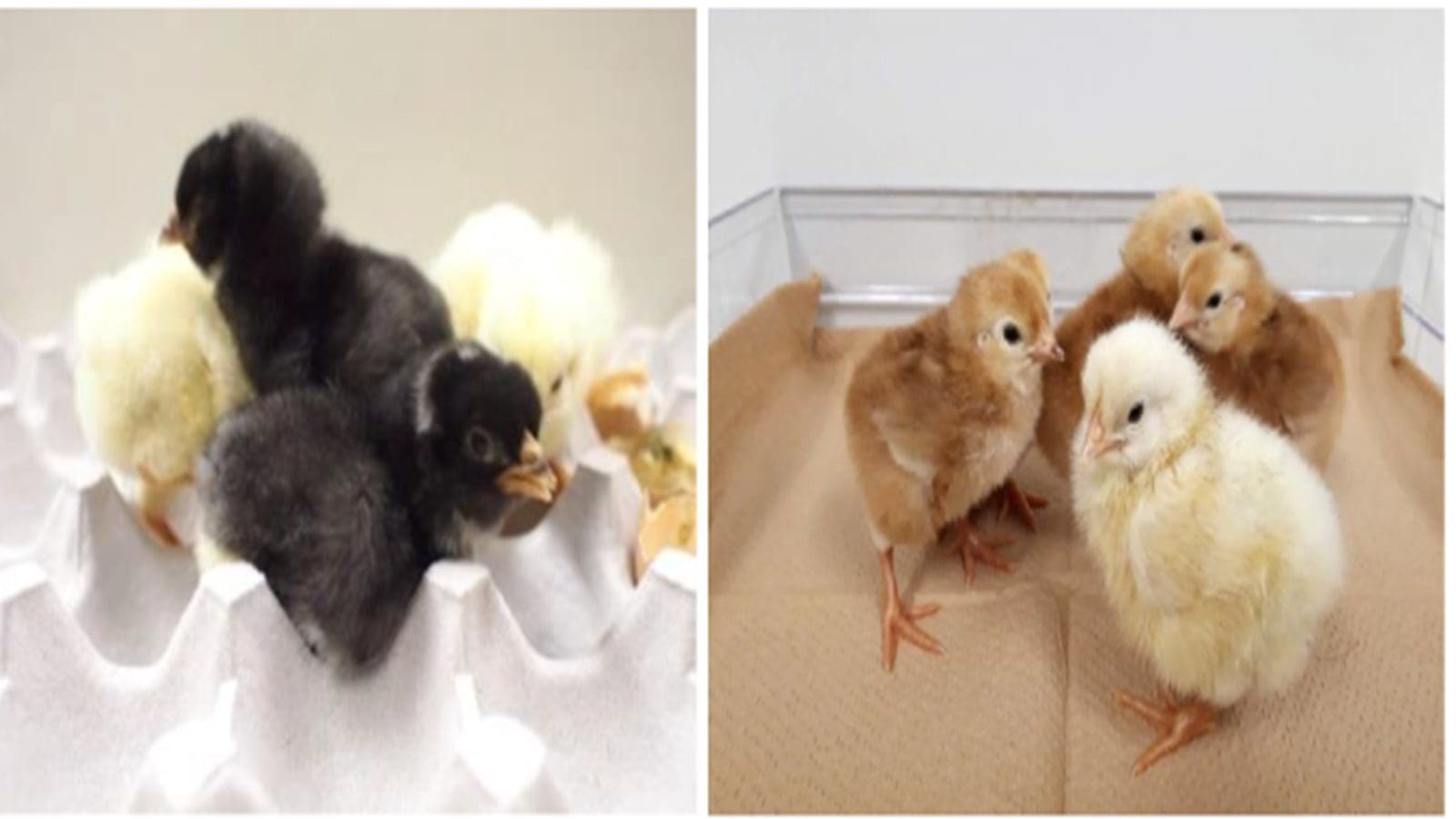JAPAN – Consumers with egg allergies can now enjoy the protein-rich meal devoid of worries thanks to a Japanese invention that has utilized gene editing to produce allergen-free eggs.
Ovomucoid is a protein found in egg whites making up around 11% of the protein in egg whites and the main culprit behind egg allergies.
Chicken egg allergies are one of the most prevalent allergies among kids. Although the majority of kids overcome this allergy by the age of 16, some people continue to have an egg allergy as adults.
Egg white allergies can result in a wide range of symptoms, such as nausea, vomiting, abdominal pain, difficulty breathing, rashes, and swelling. specific egg white allergy sufferers are also unable to get specific flu vaccines.
Researchers have now created an egg without the protein using genome editing Society for the Promotion of Science KAKENHI (19H03107, 19K22286) and JST COI Grant Number JPMJPF 2010.
An article outlining the OVM-knockout-modified egg’s food safety profile was published in the April 2023 issue of Food and Chemical Toxicology.
“To use OVM-knockout chicken eggs as food, it is important to evaluate their safety as food. In this study, we examined the presence or absence of mutant protein expression, vector sequence insertion, and off-target effects in chickens knocked out with OVM by platinum transcription activator-like effector nucleases (TALENs),” said Ryo Ezaki, an Assistant Professor at the Graduate School of Integrated Sciences for Life at Hiroshima University in Hiroshima, Japan.
TALENs are restriction enzymes that recognize specific DNA sequences and break or cut them.
Researchers had to find and remove the ovomucoid protein from the egg whites in order to create the OVM-knockout eggs.
Exon 1 is a segment of RNA that codes for particular proteins, and TALENs were designed to target it.
The eggs created using this method were then examined to make sure no mutant or off-target ovomucoid proteins were present.
The required frameshift mutation was present in the eggs and none of them expressed full ovomucoid proteins. A frameshift mutation is caused by the insertion or deletion of nucleotide bases in a gene.
Ovomucoid was not found in the eggs despite the use of anti-ovomucoid and anti-mutant ovomucoid antibodies to look for any traces of the protein.
As a result, mutated ovomucoids could not generate fresh allergens. In order to assess the safety profile of the eggs, this is a crucial step.
Other gene editing methods, like CRISPR, frequently cause off-target mutagenesis. This indicates that the process of gene editing results in new mutations.
Whole genome sequencing of the modified egg whites, however, revealed that changes, which may have been off-target effects, were not restricted to the protein-coding areas.
According to Ezaki, the eggs laid by homozygous OVM-knockout hens showed no evident abnormalities with the albumen containing neither the mature OVM nor the OVM-truncated variant.
“The potential TALEN-induced off-target effects in OVM-knockout chickens were localized in the intergenic and intron regions. Plasmid vectors used for genome editing were only transiently present and did not integrate into the genome of edited chickens.
“These results indicate the importance of safety evaluations and reveal that the eggs laid by this OVM knockout chicken solve the allergy problem in food and vaccines,” he said.
In the future, scientists will keep checking the OVM-knockout eggs’ safety profile. Since some individuals have severe allergies to this particular protein, even minute levels of ovomucoid can result in an adverse reaction.
To determine the safety of the OVM-knockout eggs, more immunological and clinical tests will need to be conducted.
OVM-knockout eggs can currently be safely utilized in heat-processed dishes that patients with egg allergies can consume since they are less allergenic than regular eggs.
“The next phase of research will be to evaluate the physical properties and processing suitability of OVM-knockout eggs, and to confirm their efficacy through clinical trials.
“We will continue to conduct further research toward the practical application of allergy-reduced eggs,” said Ezaki.
Other authors include Daisuke Kodama, Ryou Sasahara, and Taichi Shiraogawa from the R&D Division of the Institute of Technology Solution at Kewpie Corporation in Tokyo, Japan, as well as Tetsushi Sakuma, Mei Matsuzaki, Takashi Yamamoto, and Hiroyuki Horiuchi of the Graduate School of Integrated Sciences for Life at Hiroshima University.
For all the latest food industry news from Africa and the World, subscribe to our NEWSLETTER, follow us on Twitter and LinkedIn, like us on Facebook and subscribe to our YouTube channel.











